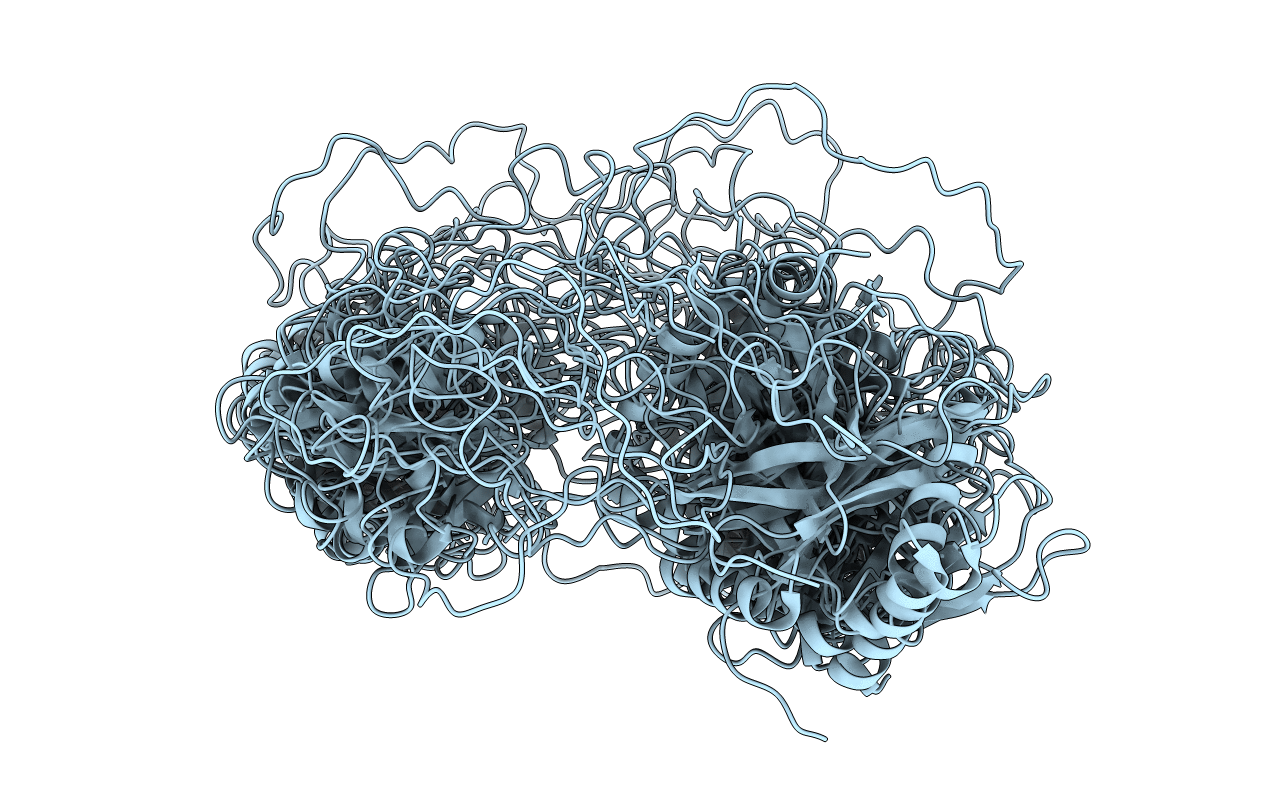
Deposition Date
2005-03-30
Release Date
2006-01-24
Last Version Date
2024-05-29
Entry Detail
PDB ID:
1Z87
Keywords:
Title:
solution structure of the split PH-PDZ Supramodule of alpha-Syntrophin
Biological Source:
Source Organism:
Mus musculus (Taxon ID: 10090)
Host Organism:
Method Details:
Experimental Method:
Conformers Calculated:
200
Conformers Submitted:
15
Selection Criteria:
structures with the lowest energy


